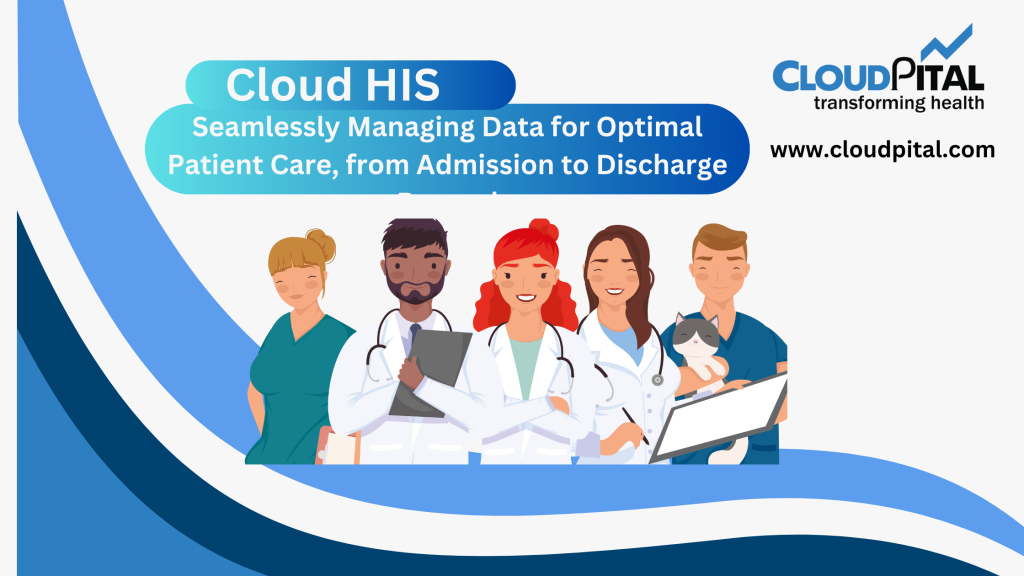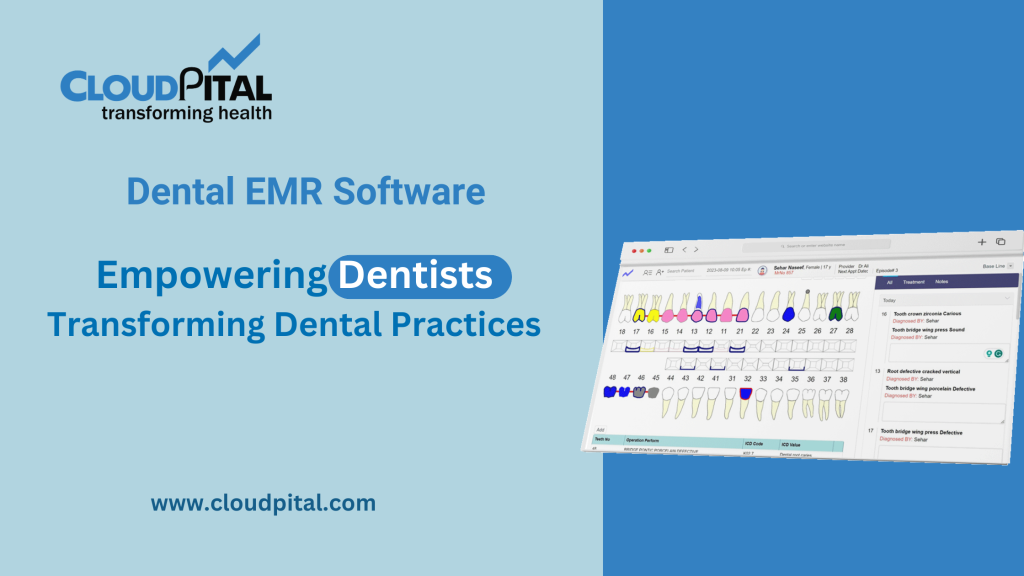Cloudpital # 1 is one of the top EMR experienced vast technological advancements over the last decades, the most revolutionary of which is the use of Electronic Medical Records (EMR) software. EMRs substitute conventional paper-based records for electronic ones that assist medical practitioners in handling patient information more effectively, enhancing patient care, and automating processes. Although EMR software has many advantages, implementing it in healthcare facilities is not an easy process. The intricacy of these systems, coupled with the special needs of the healthcare industry, can complicate the transition from paper-based records to EMR software.
Click to Start Whatsapp Chatbot with Sales
Mobile: +966547315697
Email: sales@bilytica.com
Cloudpital # 1 EMR

High Initial Cost and Financial Constraints
One of the biggest hurdles with installing EMR software is the high cost of setup. The cost of buying EMR systems, licensing, hardware replacement, and educating employees can be substantial, particularly in smaller clinics or healthcare providers with small budgets. The initial expenditure usually comes in the form of server, computer, or cloud hosting purchase, which adds to the expense.
Besides the cost of the system purchase, healthcare organizations will also have to factor in the cost of ongoing software updates, system maintenance, and technical support. For small practices, these are a prohibitive expense, and some will find it difficult to justify the expenditure without an obvious return on investment (ROI).
Resistance to Change
The use of EMR software usually involves a major change in the manner in which healthcare professionals operate. Most healthcare providers are used to paper records, which they might find easier to handle and more comfortable. The move to electronic records can be resisted by staff members, particularly those who have been working with paper charts for decades.
Physicians, nurses, and administrative personnel might be uneasy with the new technology or fear that it will interfere with their workflow. The learning curve of utilizing EMR software can cause frustration, anxiety, and resistance to accepting the change. Some health professionals might also be afraid that the software will retard them or make them less efficient even though the system eventually enhances efficiency in the long term.
Data Migration and System Integration
Another key challenge in the deployment of EMR software is data migration—moving data from paper or legacy systems into the new electronic system. Data migration can be labor-intensive, error-ridden, and expensive, especially when moving large amounts of patient data. Manual entry of data, while sometimes unavoidable, can be error-inducing, and the volume of data to be migrated can be overwhelming for staff.
Aside from data migration, healthcare organizations also need to think about how the new EMR system will be integrated with current systems. Most healthcare providers have other software applications for billing, scheduling, laboratory management, or imaging, and making sure that the new EMR system can talk to these systems without any problems is important for efficient operations. Failure to integrate can result in redundant data entry, inefficiency, and data silos, eventually defeating the whole idea of putting the EMR system into place.
Training and Skill Development
In order to properly utilize EMR software, medical professionals must be adequately trained on how to use it. Although the user interface of most EMR systems is easy to navigate, there is still a learning curve to master the different features, tools, and workflows. Training all employees—doctors, nurses, administrative personnel, and IT staff—can be a huge task.
Staff training is most difficult in larger healthcare environments, where there can be a large number of users with varying levels of tech-savviness. Staff members have to not only learn how to use the EMR software but also how to incorporate it into daily duties and tasks. The process of training may prove to be capital-intensive, and during this time, the staff members are likely to undergo a temporary loss in productivity while acclimatizing to the new system.

Patient Data Security and Privacy Issues
Although HIMS Software is meant to increase the security of patient information, it has also created issues in terms of data privacy and security. Keeping the sensitive patient data electronically puts it at the risk of cyber attacks, hacking, and data breach. Healthcare organizations need to use strong security measures, such as encryption, firewalls, multi-factor authentication, and access control, to keep patient data away from unauthorized access.
Healthcare data breaches can be catastrophic, both legally and to reputation. Healthcare organizations are required to be compliant with laws like the Health Insurance Portability and Accountability Act (HIPAA) in the United States or the General Data Protection Regulation (GDPR) in Europe to make sure that patient information is dealt with in accordance with privacy legislation. Being compliant, however, can be complex, particularly when handling several third-party vendors or cloud service providers.
System Downtime and Technical Problems
Although EMR software can greatly enhance efficiency, it is not invulnerable to technical problems. System downtime—be it caused by software glitches, server problems, or other technical malfunctions—can cause business interruptions and delay patient care. For instance, if a clinic is unable to retrieve patient records because of system problems, it can lead to missed diagnoses, delayed treatment, or medication errors.
Technical problems are also likely during the early days of implementation. When new systems are installed and tested, glitches are likely to occur, e.g., conflicts with current hardware, network errors, or errors in software programs. These technical challenges can make the implementation timeline longer and grow the frustration and resistance among personnel.
Ongoing Maintenance and Support
After the EMR system is installed, it needs to be continuously maintained and supported technically. Regular updates of the software, security patches, and optimization of the system need to be implemented so that the system stays secure, current, and operational. This continuous maintenance demands specific IT resources, which can stretch the budget or staff capacity of smaller healthcare organizations.
In addition, healthcare professionals need to be able to access good customer support in the event of technical problems or troubleshooting requirements. In the absence of timely and efficient support, the EMR system can be subject to extended downtime, which affects patient care and clinic operations.
Compliance with Legal and Regulatory Requirements
Healthcare professionals need to ensure their EMR software meets an expansive array of legal and regulatory compliance requirements, such as HIPAA in the US, GDPR in the EU, and other region-specific privacy legislation. Meeting such regulations is crucial to safeguard patient confidentiality and prevent legal action.
But it may be tricky to navigate these regulations. Mobile EHR needs constant updating to match new laws and regulations, and clinics need to keep up to date with recent legal changes. Compliance is frequently ensured through coordination with legal, compliance, and IT departments and third-party vendors who offer software or cloud storage solutions.
Conclusion
Although EMR software provides many advantages in terms of patient care, administrative effectiveness, and data security, its adoption is fraught with major challenges. From the great initial investment and financial strains to bureaucratic resistance, data transfer problems, and maintenance costs, clinics have to proceed with great caution to implement and maximize EMR software successfully.
By acknowledging these challenges and anticipating them through thorough planning, training, and support, healthcare providers can achieve the maximum potential of EMR software. The secret to success is to create a culture of change in the organization, offering adequate resources for training and technical support, and implementing measures to ensure that the system is secure, reliable, and compliant with applicable regulations.
What are the challenges of implementing EMR Software? similar software solutions prices were updated on 2025-04-30T23:59:44+00:00 in Saudi Arabia in Mecca, Medina, Riyadh, Khamis Mushait, Yanbu, Jeddah, Dammam, Unaizah, Uqair, Ha’il, Ta if, Al Bahah, Dhahran, King Abdullah Economic City, Najran, Diriyah, Qatif, Khafji, Jubail, Abqaiq, List of Cities and Towns in Saudi Arabia, Ras Tanura, Turubah, Jazan Economic City, Knowledge Economic City, Medina, Khobar, Abha, Tabuk, Saudi Arabia, similar software solutions prices were updated on 2025-04-30T23:59:44+00:00 We also provide in Saudi Arabia services solutions company in Hafar Al-Batin, Udhailiyah, Al-Awamiyah, Hofuf, Hautat Sudair, Buraidah, Tayma, Duba, ‘uyayna, Saihat, Al-Kharj, Al-ula, Jizan, Rumailah, Ar Rass, Arar, Shaybah, Al Majma’ah, Rabigh, Dhurma, Haradh, List of Saudi Cities by Gdp Per Capita, Badr, Sudair Industrial City, Baljurashi, Shaqraa, Al-Khutt, Habala, Ad Dawadimi, Dawadmi, Layla, similar software solutions prices were updated on 2025-04-30T23:59:44+00:00 Price is SAR 100 and this was updated on updated on 2025-04-30T23:59:44+00:00 similar What are the challenges of implementing EMR Software? software solutions prices were updated on 2025-04-30T23:59:44+00:00 in Saudi Arabia in Haql, Afif, Al-Abwa, Farasan, Al-Jaroudiya, Thadig, Al-Thuqbah, Al Wajh, Almardmah, Al-Zilfi, Muzahmiyya, Prince Abdul Aziz Bin Mousaed Economic City, Tharmada’a, Skaka, Um Al-Sahek, Sharurah, Tanomah, Bisha, Dahaban, Al Qunfudhah, Qurayyat, Saudi Arabia, Ha’ir, as Sulayyil, Al Lith, Turaif, Al-Gway’iyyah, Samtah, Wadi Ad-Dawasir, Az Zaimah, Safwa City, Jalajil, Harmah, Mastoorah, Hotat Bani Tamim, Jabal Umm Al Ru’us, Rafha, Qaisumah, Al-Ghat, Hajrah, Al-Hareeq. Excerpt: Jeddah (also spelled Jiddah, Jidda, or Jedda; Arabic: Jidda) is a Saudi Arabian city located on the coast of the Red Sea and is the major urban center of western Saudi Arabia similar software solutions prices were updated on 2025-04-30T23:59:44+00:00 Price is SAR 100 and this was updated on updated on 2025-04-30T23:59:44+00:00



